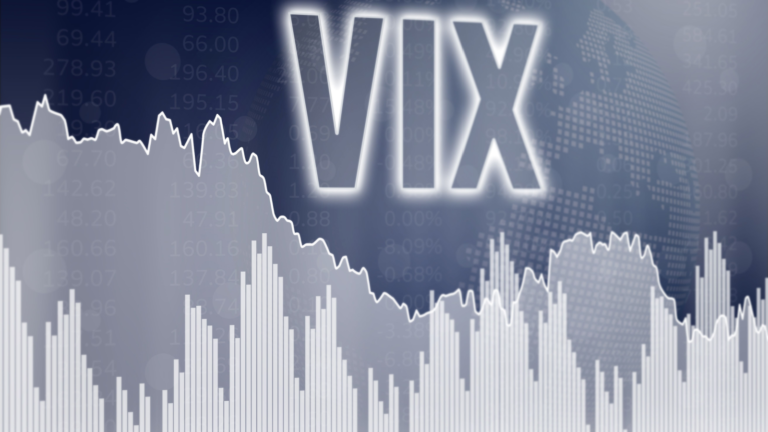The CBOE Volatility Index (VIX), also known as the “fear gauge” of the stock market, is near historic lows. Its average long-term reading is 19.6. Lately, the VIX has been touching closer to 12.
Why does this matter? Investors are closely watching the potential for the volatility index to reverse course and spike higher. Such a spike would indicate higher levels of fear. So, is such a spike just around the corner?
Based on history, it’s likely that the VIX will head lower before such a spike would occur. For instance, at the end of 2017, the VIX fell below its current levels. This preceded what investors called “Volmageddon” – a huge spike in volatility.
What to Do with the VIX at Historic Lows
So, while investors wait and see what happens next, how should they approach the market with the VIX near historic lows? The last thing you want to do is to buy volatility products like ProShares VIX Short-Term Futures ETF (BATS:VIXY) or the ProShares Ultra VIX Short-Term Futures ETF (BATS:UVXY). With these products, you’re betting against time. I’m adamant that trading VIX futures is not the way to position for volatility.
Instead, the best thing investors can do is to position themselves in low-beta, low-volatility sectors like utilities, consumer staples, and healthcare. While low volatility precedes high volatility, you don’t know when that volatility will hit. And because you don’t know when it will hit, you want to ALREADY be positioned defensively through long positions in defensive stocks.
Investors should also note that the VIX isn’t that interesting at current levels. In my opinion, the VIX is interesting only after it spikes. Why is that? Because as shown in one of my research papers, during VIX spikes past the 31 and 32 level, there is significant variability that takes place across cyclical sectors of the stock market. In other words, during periods of high risk, investors over-sell areas like technology, materials, and consumer discretionary. This in turn creates dislocations as everyone panics out of those prior winners.
This shouldn’t sound strange. When the VIX spikes, equities collapse. The idea here is that you want to be aggressively exposed to cyclical sectors INTO a major decline (which of course you will never perfectly time the end of) because there is a relative overreaction by the crowd which is exactly the opportunity you want to pounce on if you’re a true trader and investor.
The Bottom Line
So how low can the VIX go? It can still go a lot lower. But the mean reversion potential is there, and the time to be aggressive isn’t when there is market complacency. It’s when there is fear, and that is still likely to come. When it does, allocating to those cyclicals is the way to go. In the meantime, position yourself in low-volatility defensive stocks.
On the date of publication, Michael Gayed did not hold (either directly or indirectly) any positions in the securities mentioned in this article. The opinions expressed in this article are those of the writer, subject to the InvestorPlace.com Publishing Guidelines.

